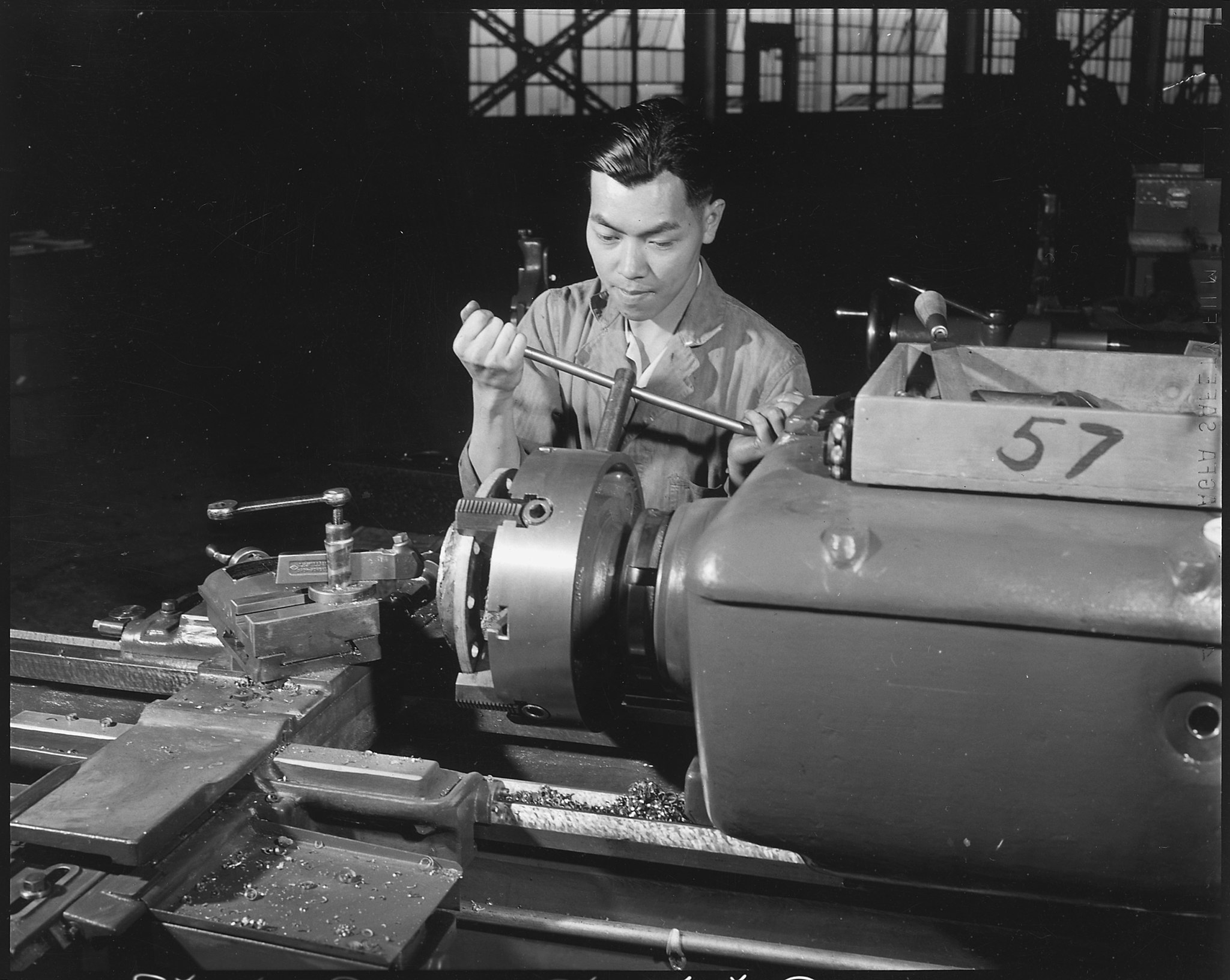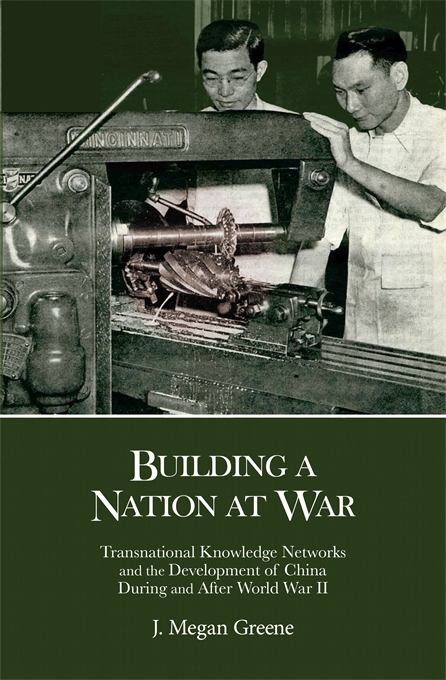Book examines China’s reciprocal relationship with US forged during World War II

LAWRENCE — America's relationship with China seems built on rivalry and suspicion.
A new book reveals how that was not always the case.
 “In recent years, the United States has increasingly understood China as an enemy,” said J. Megan Greene, professor of history at the University of Kansas.
“In recent years, the United States has increasingly understood China as an enemy,” said J. Megan Greene, professor of history at the University of Kansas.
“We’ve kind of forgotten how we had this really close sharing relationship that became even stronger during World War II because we had an interest in strengthening their capacities in order to keep Japan occupied. But there were also a whole lot of Chinese Americans and friends of China in the U.S. — some of whom were connected to our government — who were very interested in seeing China survive and thrive.”
Greene's book “Building a Nation at War: Transnational Knowledge Networks and the Development of China During and After World War II” focuses on Chinese efforts to develop science, industry and agriculture from 1938 to 1949, with a particular emphasis on transnational (mostly U.S.) technical training and industrial development programs. It’s published by the Harvard University Asia Center.
 She clarifies her subtitle “Transnational Knowledge Network” as meaning the institutions and relationships that facilitate the flow of learned expertise.
She clarifies her subtitle “Transnational Knowledge Network” as meaning the institutions and relationships that facilitate the flow of learned expertise.
“Unfortunately, we have an environment of suspicion now. I’m not saying that it’s completely wrong to have a certain degree of suspicion. But we have a long history of sharing, and to continue to share knowledge, as long as it’s not restricted knowledge, shouldn’t be odd or unreasonable,” Greene said.
Throughout World War II, numerous American scientists and engineers were sent to China to help develop Chinese industry, and in what turned out to be the latter part of the war, over 1,000 Chinese technicians were sent to the U.S. to train in American factories.
“It was an open door: ‘Come on and learn from us.’ And this was not just about, ‘What can we do for you?’ It was also, ‘What can you do for us?,’” she said.
“From the perspective of U.S. business and government, if the Chinese are using our standards, and using our machines and our methods of doing things, then who are they going to do business with after the war? Whose machinery are they going to purchase? What engineering consulting companies are they going to bring in? Moreover, Chinese engineers often helped to do necessary jobs in the U.S. factories they were training in.”
This interaction set up opportunities that both China’s Nationalist government and American businesses took advantage of in the immediate postwar period. While that collaborative process endured in Taiwan, it couldn’t continue in China once the Chinese Communist Party came to power.
A particularly interesting detail Greene uncovered was how important even stopgap wartime industrial efforts and training programs were to China’s later development. When the Chinese government embarked on its inland retreat in 1937 and ’38 to avoid the Japanese invasion, it took entire factories along with it. To protect these industries as well as newer machinery acquired through various procurement programs in the U.S., many factories were reconstructed in caves.
“One of the cave factories built in Yunnan province that had a lot of machinery from the U.S. — along with U.S.-trained engineers — was designed to build airplanes. ‘Crow Cave,’ as it was known, became a place where many of the major players of the PRC’s aerospace engineering industry were trained,” she said.
Fluent in Chinese, Greene has lived in Taiwan multiple times. The Baltimore native is now in her 20th year at KU, where she specializes in the history of modern China and Taiwan.
“As Americans, we often tend to frame our interactions with other countries — especially during wartime with allies — as being kind of generous. Certainly, that’s the way a lot of Americans were writing about this relationship with China in the 1940s,” she said.
“But it’s important for us now to remember why we open our doors, why we want to educate people and why we want to bring them to this country. There are clear benefits to the United States in doing so, and this story speaks to that.”
Top photo: In 1943, an unidentified Chinese-American worker whose parents are in China fixes machinery at the U.S. Navy Yard in Mare Island, California. Wikimedia Commons photo.